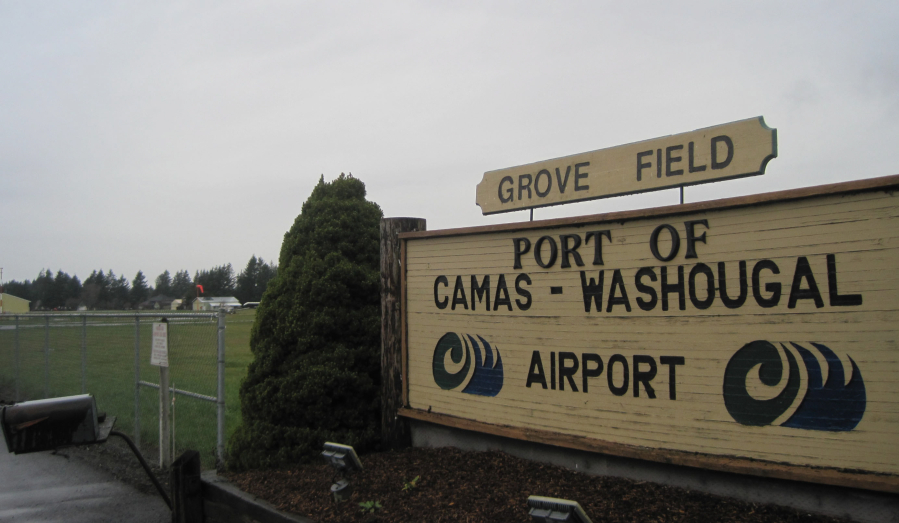Clark County Councilman Gary Medvigy recently went door to door to visit his neighbors at Grove Field north of Camas and talk to them about their opinions of the small airport. He carried a petition to collect signatures in an effort to persuade the Port of Camas-Washougal to raise the airport’s flight pattern to the federally mandated mark of 1,000 feet.
The results were nearly unanimous.
“Pretty much everyone that I talked to signed (the petition),” Medvigy said.
Medvigy delivered the petition, with 124 signatures to port director David Ripp at Monday’s commission meeting. He was one of 11 people, most of whom live at or near Grove Field, to express concerns about the future of the airport and its management.
At their previous meeting on March 18, the commissioners voted to delay voting on the implementation of an airport layout plan presented by commissioner John Spencer.
“I’m advocating for improvements,” Spencer said Monday, “but we, as a commission, don’t collectively have a vision for the airport yet.”
Medvigy has been working to persuade the port to move the pattern up from its current mark of 800 feet for several years. Retired from the United States Army, Medvigy, a volunteer pilot, is working to attain a commercial license through the G.I. Bill.


